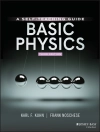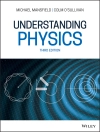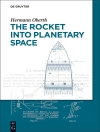Travelers differ.At one extreme are random travelers who see what they accidentally bump into.At the other extreme are the lock-step travelers who follow a banner (or a red umbrella) and look when and where a voice tells them to look. Between these extremes are the guide-book travelers who identify the whereabouts of those sites that interest them and they plan their sightseeing accordingly. If a traveler’s interests are captivated by the arts, guide books can be very helpful. For example, the table of contents of a current guide book for travelers going to G- many has sections on architecture, art, literature, music and cinema.The index gives page references for famous writers, musicians, and artists.Yet, while Germany was a dominate force in physical science during the 19th and into the 20th centuries and while the names and photos of prominent German physical scientists who worked in this period are sprinkled through the pages of textbooks, only one scientist is m- tioned by name:Albert Einstein is identified as the most famous citizen of Ulm.
Inhoudsopgave
United Kingdom.- The Whipple Museum and Cavendish Laboratory, Cambridge.- Scientific Travels in the Irish Countryside.- Physics in Edinburgh: From Napier’s Bones to Higgs’s Boson.- Denmark.- Historical Sites of Physical Science in Copenhagen.- France.- A Parisian Walk along the Landmarks of the Discovery of Radioactivity.- Germany.- Physics in Berlin I: The Historical City Center.- II: Through the Western Part of the City: Charlottenburg.- Some Historical Points of Interest in Göttingen.- Switzerland.- Peripatetic Highlights in Bern.- Austria.- Vienna: A Random Walk in Science.- Hungary.- Budapest: A Random Walk in Science and Culture.- United States.- Physics and New York City.












